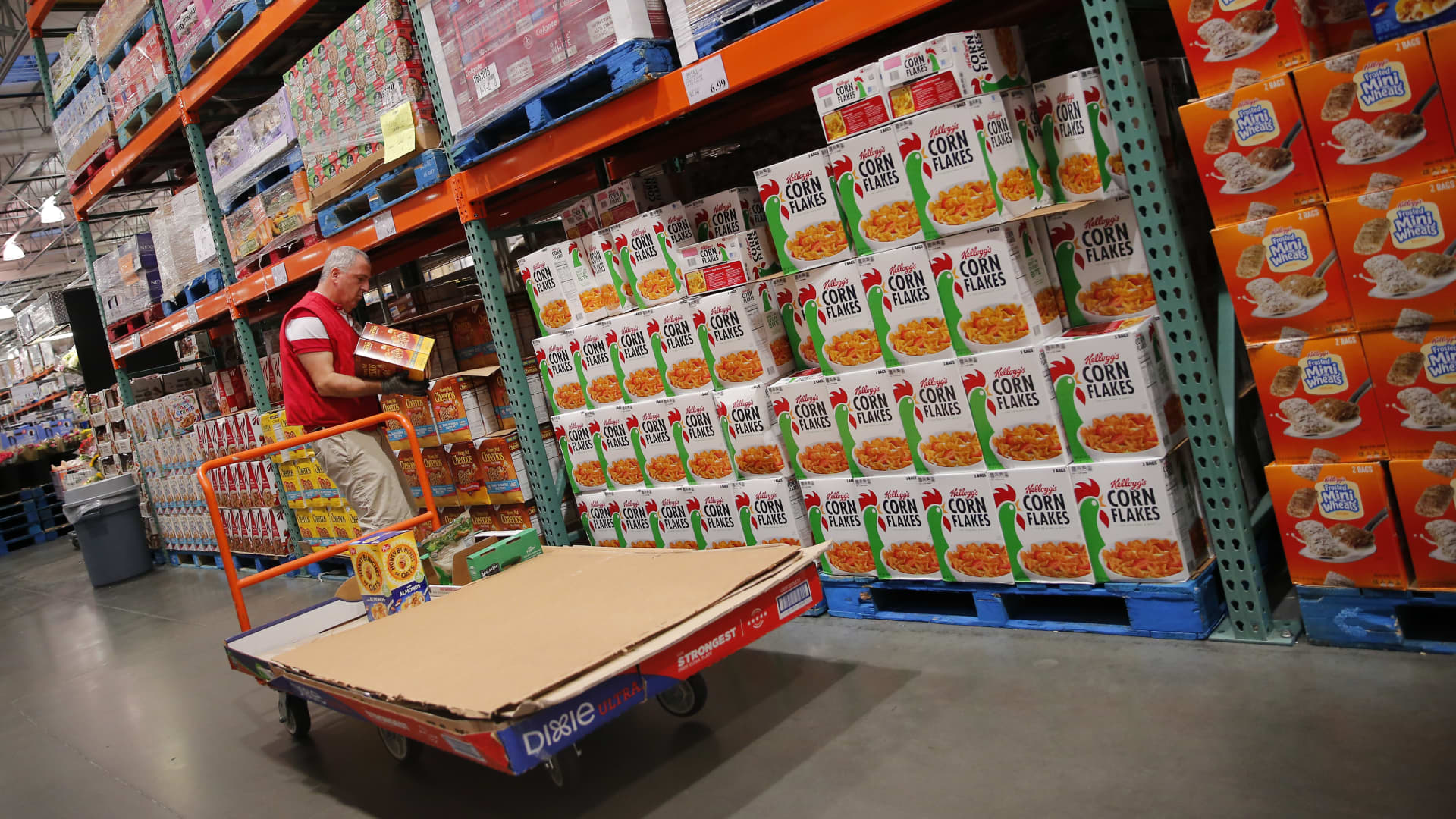Inflation at the wholesale level rose more than expected in August, countering recent data showing that price increases have tempered lately.
The producer price index, a measure of what producers get for their goods and services, increased a seasonally adjusted 0.7% in August and 1.6% on a year-over-year basis, the U.S. Department of Labor reported. That monthly gain was above the Dow Jones estimate for a 0.4% rise and was the biggest single-month increase since June 2022.
However, excluding food and energy, the PPI climbed 0.2%, in line with the estimate. On a 12-month basis, core PPI increased 2.1%, its lowest annual level since January 2021. Excluding food, energy and trade services, the PPI increased 0.3%.
The data comes a day after the more closely followed consumer price index showed a rise of 0.6% on a monthly basis and 3.7% from a year ago. Excluding food and energy, core CPI increased 0.3% and 4.3% respectively.
As with the CPI, the upward pressure on the PPI came largely from a big jump in energy prices. The PPI energy index rose 10.5% on the month, spurred by a 20% surge in gasoline.
Final demand goods prices rose 2% in August, the biggest one-month gain since June 2022. Services prices increased 0.2%.
In other economic news Thursday, the Commerce Department estimated that retail sales increased a higher-than-expected 0.6% in August, well above the Dow Jones estimate for a 0.1% rise. Excluding autos, sales also increased 0.6% against the 0.4% estimate.
Those numbers are not adjusted for inflation, indicating that consumers continue to hold up despite rising prices and increasing levels of credit card debt. Compared to the monthly rise in CPI, retail sales in real terms were flat on the month. Sales were up 2.5% from a year ago, which was below the 3.7% annual CPI inflation rate.
The retail report also reflected higher energy prices, as gas station sales rose 5.2%.
The so-called control group of retail sales, which excludes things such as gas stations, restaurants, auto sales and building material and garden stores, and which feeds into gross domestic product calculations, rose just 0.1% for August.
Markets took both reports in stride, with futures tied to the Dow Jones Industrial Average up about 80 points heading into the open. Treasury yields were slightly higher across the board.
The PPI focuses on domestic prices and generally represents the cost of producing goods and services. By contrast, the CPI gauges what consumers pay in the marketplace and includes import prices.
Both gauges are showing that while inflation remains a problem for U.S. households, the rate of increase generally had appeared to be slowing in recent months. That’s been an important consideration for the Federal Reserve as it plots its future course after a series of 11 interest rate increases totaling 5.25 percentage points.
Market pricing indicates a near certainty that the Fed will not raise benchmark rates next week. Though central bank officials in June indicated they expect one more rate hike before the end of the year, market futures on Thursday morning pointed to a 42% chance of a move in November, according to CME Group data.
A third economic report Thursday showed that initial jobless claims nudged higher to 220,000 for the week ended Sept. 9, according to the Labor Department. However, that was slightly below the 225,000 Dow Jones estimate.





